
Metal surface treatment
Surface treatment is the process of forming a layer of material surface with one or more special properties through physical or chemical methods. Surface treatment can enhance the performance of products in terms of appearance, texture, functionality, and other aspects.
Appearance: color, pattern, logo, gloss/lines (3D, 2D);
Texture: feel, roughness, lifespan (quality), streamline, etc;
Function: Hardening, anti fingerprint, anti scratch;
Below is a detailed introduction to various surface treatment processes for metal parts:
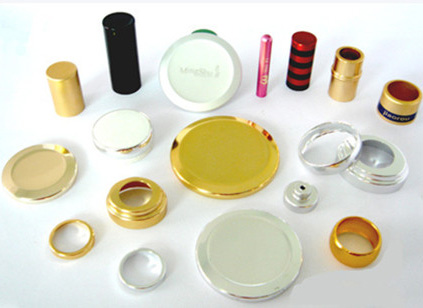
1、 Anodizing
Anodizing, electrochemical oxidation of metals or alloys. Using metal or alloy components as anodes, an oxide film is formed on their surface through electrolysis. Metal oxide thin films alter the surface state and properties, such as surface coloring, improving corrosion resistance, enhancing wear resistance and hardness, and protecting metal surfaces. For example, aluminum anodizing involves placing aluminum and its alloys in corresponding electrolytes (such as sulfuric acid, chromic acid, oxalic acid, etc.) as anodes, and conducting electrolysis under specific conditions and applied current. The oxidation of aluminum or its alloys on the anode forms a thin layer of aluminum oxide on the surface, with a thickness of 5-20 microns. The hard anodic oxide film can reach 60-200 microns. After anodizing, aluminum or its alloys have improved their hardness and wear resistance, reaching 250-500 kg/square millimeter. They have good heat resistance, a hard anodized film melting point of up to 2320K, excellent insulation properties, and a breakdown voltage resistance of up to 2000V, enhancing their corrosion resistance. They do not corrode after thousands of hours in ω=0.03NaCl salt spray. The thin layer of oxide film contains a large number of micropores, which can adsorb various lubricants and are suitable for manufacturing engine cylinders or other wear-resistant parts; The membrane micropores have strong adsorption capacity and can be colored into various beautiful and vibrant colors.
Benefits of anodizing:
1. Anti static. 2. Surface magnesium light. 3. Wear resistant.
Many small aluminum parts on semiconductor devices require anodizing treatment in order to increase hardness and reduce wear.
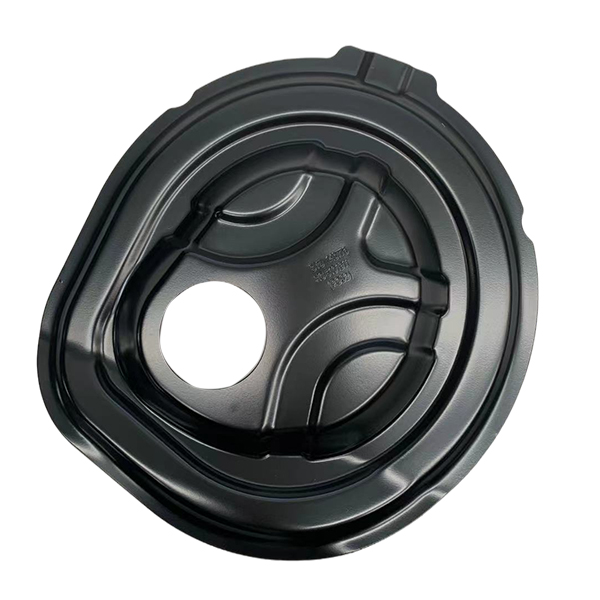
2.Electrophoresis
Electrophoresis has the advantages of coating fullness, uniformity, flatness, and smoothness. The hardness and adhesion of electrophoretic paint film are corrosion resistance, impact resistance, and permeability are significantly better than other coating processes.
Detailed features:
(1) Using water-soluble coatings and water as the dissolving medium, a large amount of organic solvents are saved, greatly reducing air pollution and environmental hazards, ensuring safety and hygiene, while avoiding the risk of fire hazards;
(2) High coating efficiency, minimal coating loss, and coating utilization rate of up to 90% to 95%;
(3) The coating thickness is uniform, the adhesion is strong, and the coating quality is good. Various parts of the workpiece, such as the inner layer, depressions, welds, etc., can obtain a uniform and smooth coating film, solving the problem of coating complex shaped workpieces with other coating methods;
(4) High production efficiency, construction can achieve automated continuous production, greatly improving labor efficiency;
(5) Complex equipment, high investment costs, high power consumption, high temperature requirements for drying and curing, complex management of coatings and paints, strict construction conditions, and the need for wastewater treatment;
(6) Only water-soluble coatings can be used, and the color cannot be changed during the coating process. The stability of the coating is difficult to control when stored for too long.
(7) Electrophoretic coating equipment is complex and technologically advanced, suitable for production with fixed colors.
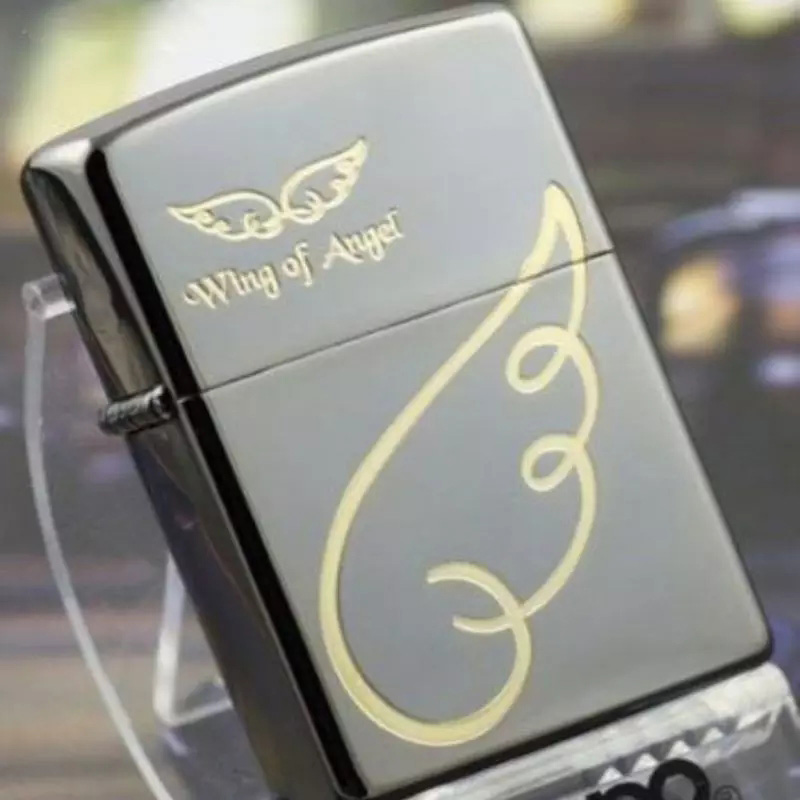
3. Laser carving
Laser engraving, also known as laser engraving or laser marking, is a process of surface treatment using optical principles. Laser engraving is a marking method that uses high-energy density laser to locally irradiate the workpiece, causing the surface material to undergo a chemical reaction of instantaneous vaporization or color change, leaving permanent marks. Laser engraving can produce various types of text, symbols, and patterns, with character sizes ranging from millimeters to micrometers. The characters carved by this technology have no scratches, the surface of the object remains smooth, and the handwriting will not wear out.
Process (implementation method):
Laser engraving refers to laser engraving, which uses the light energy of a laser beam to cause chemical and physical changes in the surface material, resulting in the creation of marks, or uses light energy to burn off some of the material, revealing the desired etched graphics and text; According to different carving methods, it can be divided into dot matrix carving and vector cutting.
The process of laser engraving is very simple, just like using a computer and printer to print on paper; It can be designed in various graphics processing software such as CorelDraw, and scanned graphics, vectorized graphics, and various CAD files can be easily "printed" into the engraving machine. The only difference is that printing applies toner onto paper, while laser engraving shoots laser onto almost all materials such as wood, acrylic, plastic, metal, stone, etc.
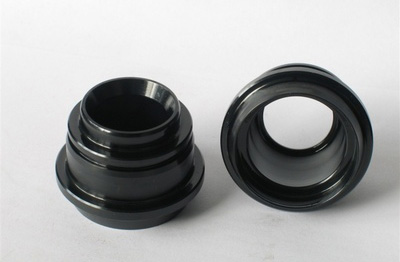
4.Blackening treatment
Blackening is a common method of chemical surface treatment, which involves creating an oxide film on the metal surface to isolate air and achieve rust prevention.
There are two commonly used methods for blackening treatment: traditional alkaline heating blackening and later room temperature blackening. But the room temperature blackening process is not very effective for low carbon steel. Alkaline blackening can be subdivided, and there is a difference between once blackening and twice blackening. The main components of black liquor are sodium hydroxide and sodium nitrite. The temperature tolerance required for blackening is relatively high, ranging from 135-155 ℃ to obtain a good surface, but the required time is a bit short.
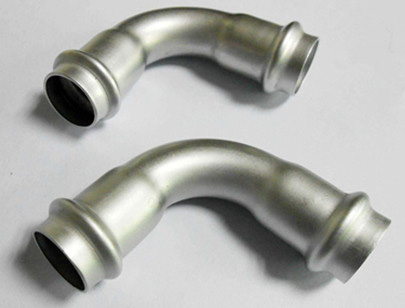
5.Passivation treatment
The phenomenon of significant reduction in corrosion rate of metals after treatment with oxidizing media compared to before treatment is called metal passivation. The passivation mechanism can mainly be explained by the thin film theory, which believes that passivation is due to the interaction between metal and oxidizing medium. During the interaction, a very thin, dense, well covered, and strong passivation film is generated on the metal surface. This layer of film exists as an independent phase, usually a compound of oxygen and metal. It plays a role in completely separating the metal from the corrosive medium, preventing direct contact between the metal and the corrosive medium, thereby making the metal basically stop dissolving and form a passive state to achieve the effect of preventing corrosion.
Passivation treatment is the final and crucial step in chemical cleaning, aimed at preventing corrosion of materials. After acid washing, water rinsing, and rinsing, the metal surface of the boiler is very clean, highly activated, and easily susceptible to corrosion. Therefore, passivation treatment must be carried out immediately to form a protective film on the cleaned metal surface and slow down corrosion.
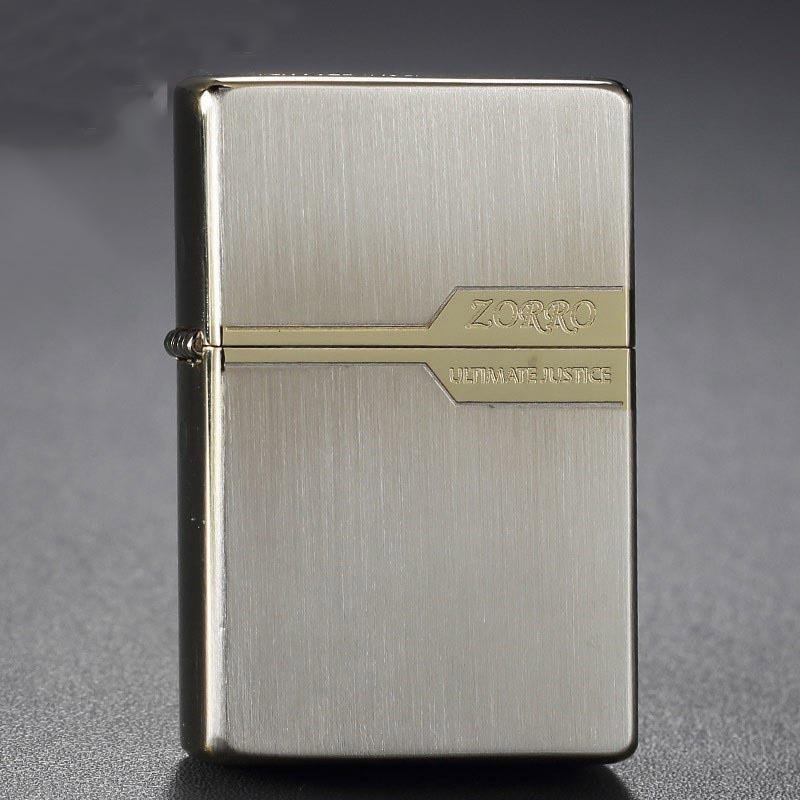
6.Wire drawing
Wire drawing technology is a metal processing technique. In metal pressure processing. The technical processing method of forcibly passing metal through a mold under external force, compressing the cross-sectional area of the metal, and obtaining the required cross-sectional area shape and size is called metal drawing technology. Make it change shape. The tool for measuring size is called a drawing die. In the cable industry, 8mm copper rods are pulled into copper wires, such as 3.5mm, 2.0mm, etc., using a copper wire drawing machine and a set of (5-8) drawing molds from large to small.
Wire drawing is a method of improving the surface smoothness of a workpiece by using the back and forth motion of a drawn cloth strip to rub back and forth on the surface, resulting in a linear texture on the surface. Can improve surface quality and mask minor scratches on the surface.
The function of wire drawing:
The surface of metal plates has characteristics such as rust prevention, oxidation resistance, scratch resistance, chemical resistance, and smoke resistance. Visually, due to the unique bright surface of the product itself, to avoid losing its luster due to friction, it is recommended to use it on horizontal surfaces with less friction or general vertical surfaces. In addition, it is recommended to use it in dry or less frequently wet areas where moisture is not too heavy to maintain the stability of the product. Metal surface drawing can effectively conceal mechanical patterns and mold defects during production.
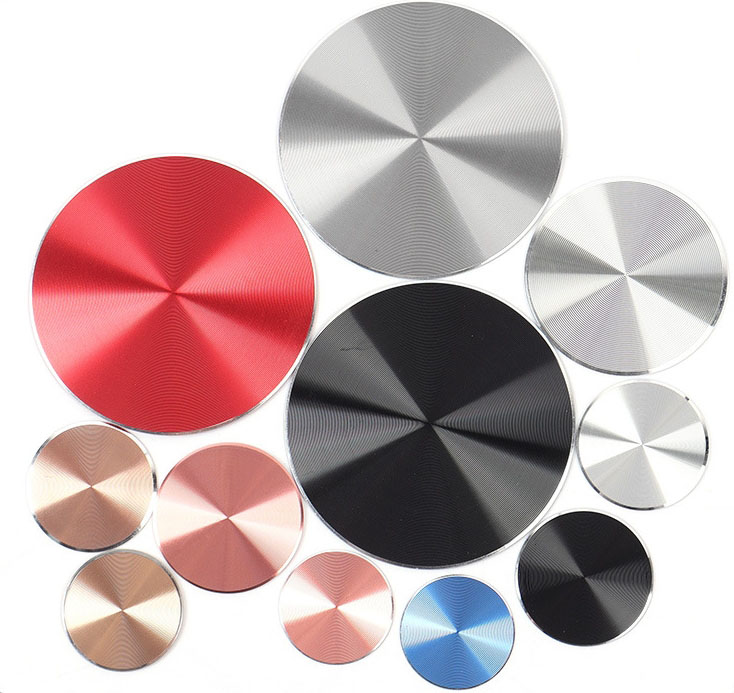
7、 CD pattern
CD pattern is an effect obtained by using a precision CD pattern machine to remove material from a metal surface, similar to the pattern on a CD disc. The spacing between the patterns is determined by the appearance and size of the product. In the industry, it is widely recognized that CD pattern is a high-end surface treatment process for metal surfaces.
High quality CD pattern processing must have the following five elements:
1. High precision CD embossing machine.
2. Scientific product processing fixtures.
3. Trained operators of the process.
4. Choose appropriate machining tools.
5. Correct cooling plan.